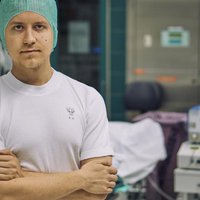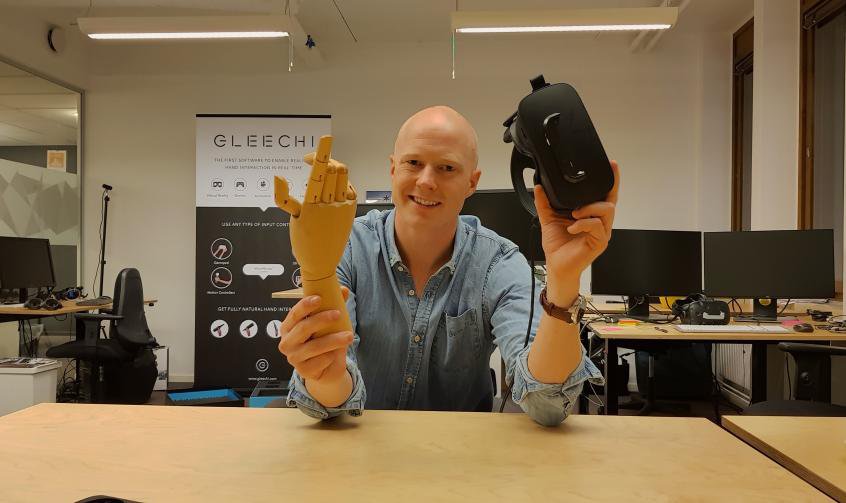Virtual reality had a great year in 2015, and the launch of new headsets like the HTC Vive VR and the Microsoft Hololens seemed to signal the promise of virtual reality to break new ground in 2016. Sadly, this did not come to pass, with only three million headsets sold worldwide, compared to the 59 million Playstation 4 video consoles sold. In addition to the elevated cost of the various products required to operate a virtual reality headset, one of its main disadvantages is the lack of available content and experiences to entice potential users. Facebook, for example, is focusing on using this technology to offer virtual spaces where users can socialize with people located all over the world. But the scenography and avatars still are not sufficiently life-like and the difficulties users still have to overcome while trying to interact with one another currently leave users less than overjoyed with these experiences.
While in real life hands are the main tool human beings use to interact with the world, manipulate objects, signal messages and interact with myriad screens, one of the greatest challenges for virtual reality is to recreate hands and grace them natural looking movements. And this is just what the young Jakob Johansson is achieving with an artificial intelligence system which improves the quality of digital representations of hands in any virtual reality format, giving users the ability to interact with their surroundings in 3D. This breakthrough has led to Johansson´s recognition as one of MIT Technology Review, Spanish edition´s Innovators Under 35 Europe 2017.
VirtualGrasp is the name of Johansson's application, property of the company Gleechi, which was born from a research project directed at improving the grip of robotic arms through artificial intelligence. Its creator recalls: "We discovered that this technology for software development for robots could resolve a fundamental problem limiting the potential of virtual reality, which is much closer to going mainstream than robotics."
Through a predictive system based on algorithms, VirtualGrasp automates the intricate process of designing animations and hand movements and interactions. Whether the hands have been created previously or are designed from scratch, the software allows users to perform movements and grip objects accurately and in real-time, beyond existing repetitive, pre-programmed commands used by other applications.
But, beyond virtual reality video games, Johansson highlights three potential applications for his system which could prove greatly beneficial to manual industries and the design of more agile and reliable robotic arms. Regarding the first area, VirtualGrasp is already in use at a Swedish hospital, where it assists physical therapy patients who have suffered a cerebrovascular trauma. "This predictive technology allows patients who have trouble moving their hands to interact with screens or a virtual reality environment," Johansson explains.
VirtualGrasp is still a pilot project which is being testing in several environments, like robot factories, hardware development companies and hospitals. But in the opinion of the senior technologist at Repsol and jury member for the Innovators Under 35 Europe 2017 competition, Juan Jiménez Mateos, not only will VirtualGrasp "become an irreplaceable tool for further inventions and projects" but it will also offer "a new life to many people."
By Laura Crespo
Translation: Teresa Woods




